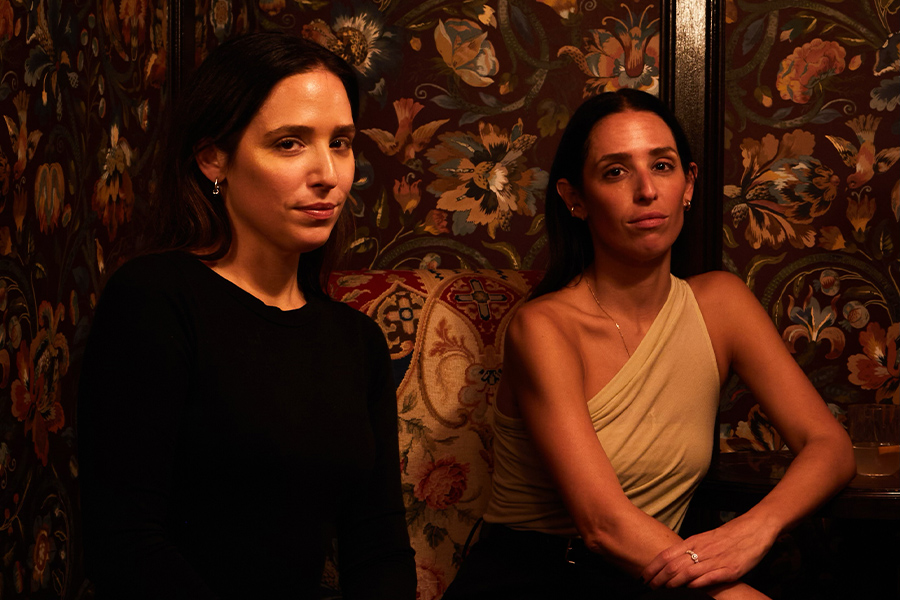As a child actor in the UK, Lee Broom was keen to keep performing throughout adulthood. But at the age of 17, a budding interest in fashion led him to enter, and win, the national Young Designer of the Year competition. Vivienne Westwood, renowned for her modern punk style, was the judge, and soon after, Broom was her intern. Westwood “would talk to me about her inspirations from the history of art and pattern-cutting to her love of literature,” Broom recalls. “She emphasized how we can learn from the past to create contemporary pieces, something I certainly adopted.”
After graduating with a degree in fashion design from Central Saint Martins in London, Broom was eager to start his own label, until his side hustle sprucing up London bars and clubs opened his eyes to interiors. In 2007, Broom launched his locally based practice dedicated to furniture and lighting, turning out products that cleverly deconstruct the traditional and are imbued with a dramatic sensibility reflective of his theater background.
“The fashion industry is incredibly fast-paced, and you are expected to evolve season after season. I took that way of working and brought it to furniture and lighting design,” he says. “Whether you are creating a jacket or a chair, the process for me is the same.”

The Altar series explores the angular forms of midcentury churches and altars
People often share with Broom that his objects exude both a sense of familiarity and discovery, likely because of his deft reinterpretation of his previous encounters. “I have a bit of a photographic memory for anything visual so if I see something interesting, I store it away and then tap into it later on,” Broom explains.
Consider Divine Inspiration, Broom’s newest lighting collection comprising six lines that explore his fascination with Brutalist geometries found in houses of worship. Requiem, for example, references the marble drapery cloaking ancient statues via plaster-dipped fabrics, while Pantheum’s sandblasted squares hand-cast in Jesmonite are an ode to the coffered concrete ceiling of Rome’s ancient Pantheon.
Broom hopes people forge both an emotional and physical connection to his work “in the same way they interact with art—it’s visceral,” he says. “I want my designs to be beautiful as well as functional, and I want people to feel that they can relate to them and live with them for years to come.”
This article originally appeared in HD’s 2022 Product Marketplace issue.


